Trad climbing vs sport climbing: which style is for you?
We explain the main differences between trad climbing vs sport climbing to see how the two compare when it comes to getting vertical

So you’re thinking of taking your rock climbing outdoors? While it's an obvious next step from climbing in a gym, there are many more variables and potential hazards when moving your climbing outside, particularly if you’re planning on taking up trad climbing. Now, you can always just continue with sport climbing if you live in a place where there are bolted routes nearby, but does that offer you the challenge you’re looking for? Let’s take a look at the main differences between trad climbing vs sport climbing to see how the two compare when it comes to getting vertical.
Trad climbing vs sport climbing: what are they?
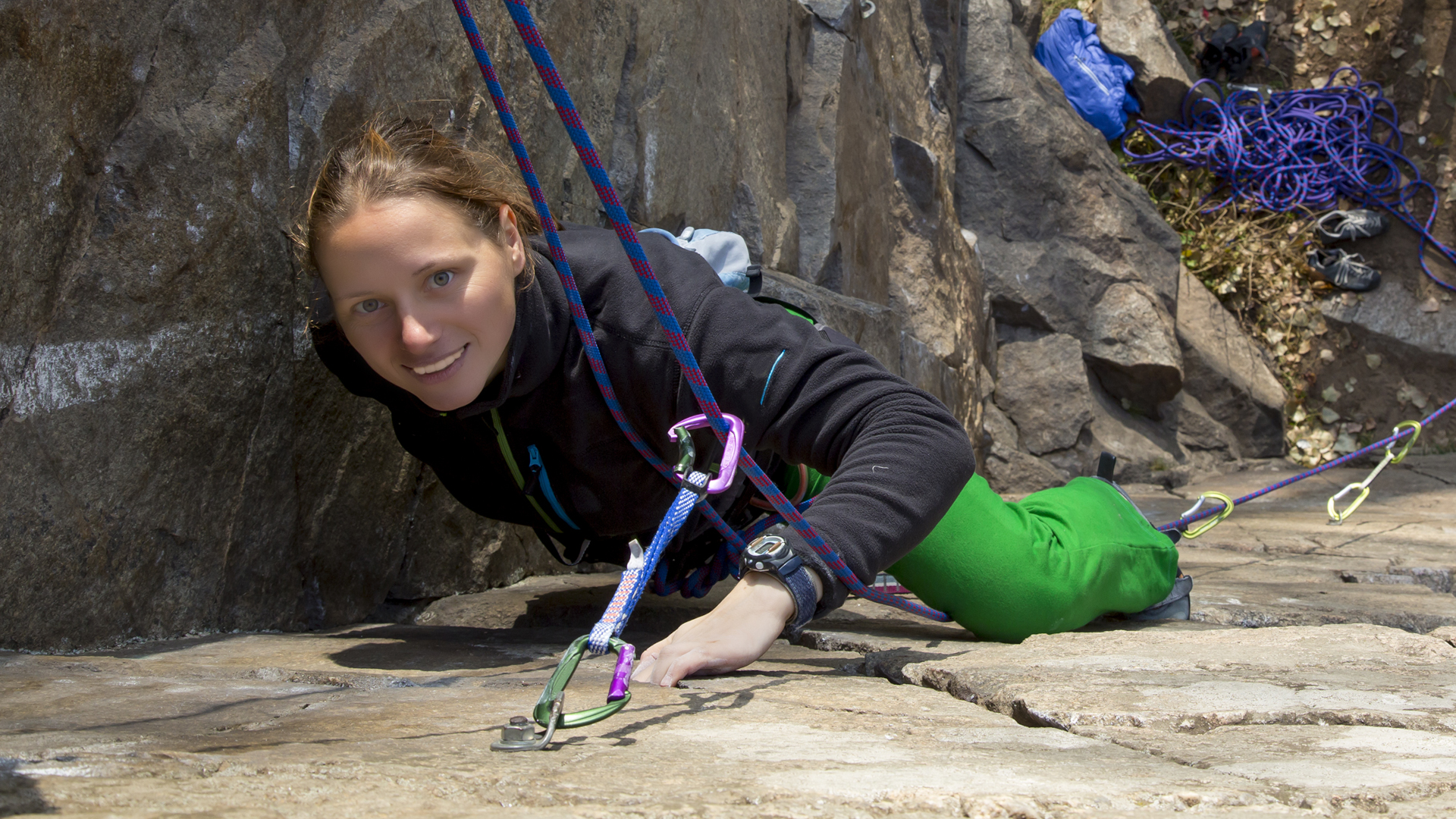
Trad climbing, or traditional climbing, and sport climbing are both types of free climbing. The main difference between the two is that in trad climbing, you place your own gear (such as cams and nuts) into cracks and spaces in the rock to hold your rope, thus establishing the route as you climb. In sport climbing, the routes have been pre-established by other climbers who have drilled bolts into the wall so while you’re still scaling a rock face, you’re chasing bolts which you’ll clip into using quickdraws rather than figuring out your route.
Trad climbing vs sport climbing: safety
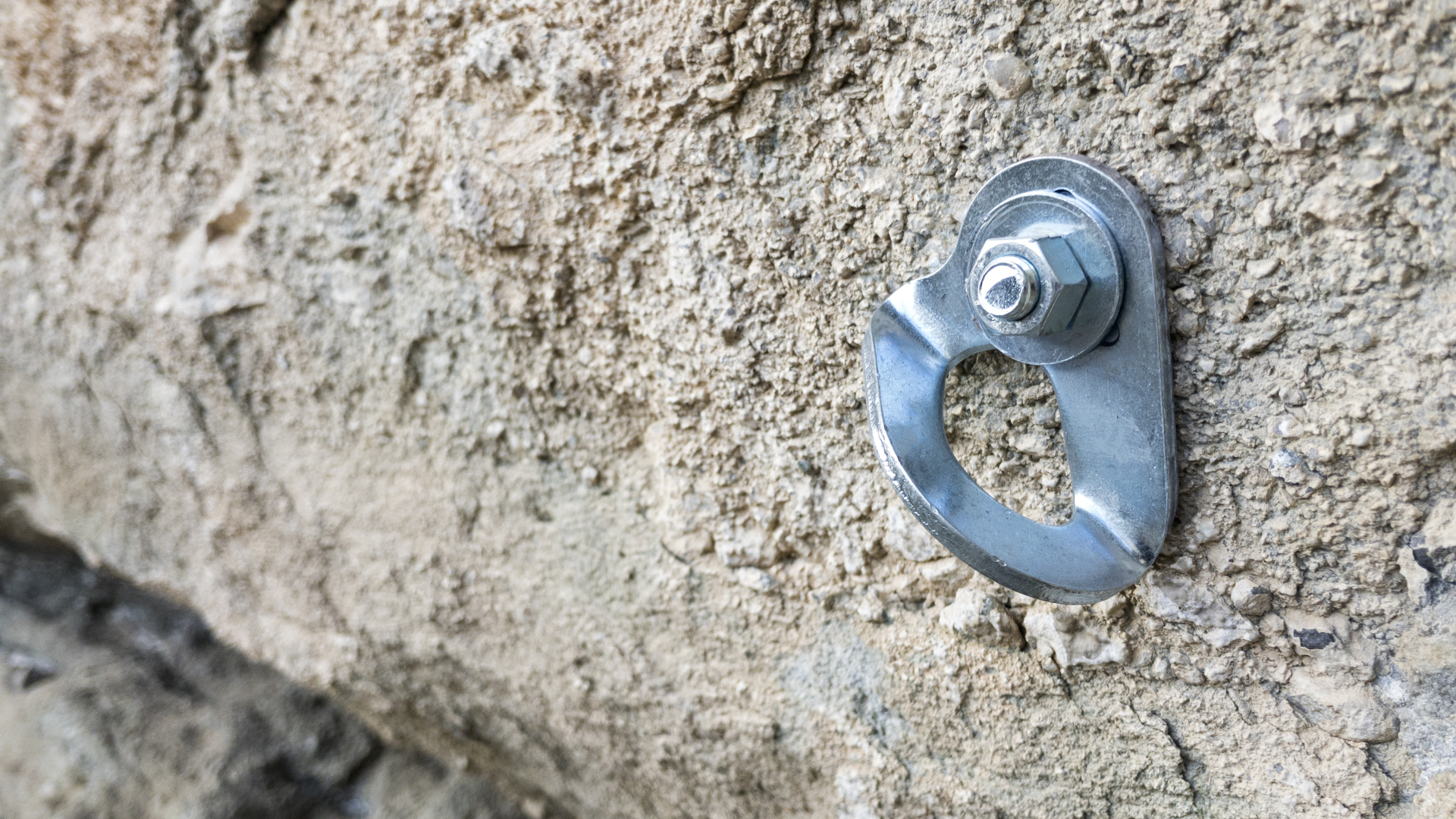
Let’s start with an easy one. While both trad and sport climbing have dangers associated with them, sport climbing is the safer option because you’re clipping into bolts that are drilled into rock and pretty unlikely to move. You can still take a fall, but the gear will almost certainly stay put to catch you.
With trad climbing, if you place your gear badly, or the rock is crumblier than you think, it won’t be strong enough to support your weight if you fall.
Trad climbing vs sport climbing: gear and expense
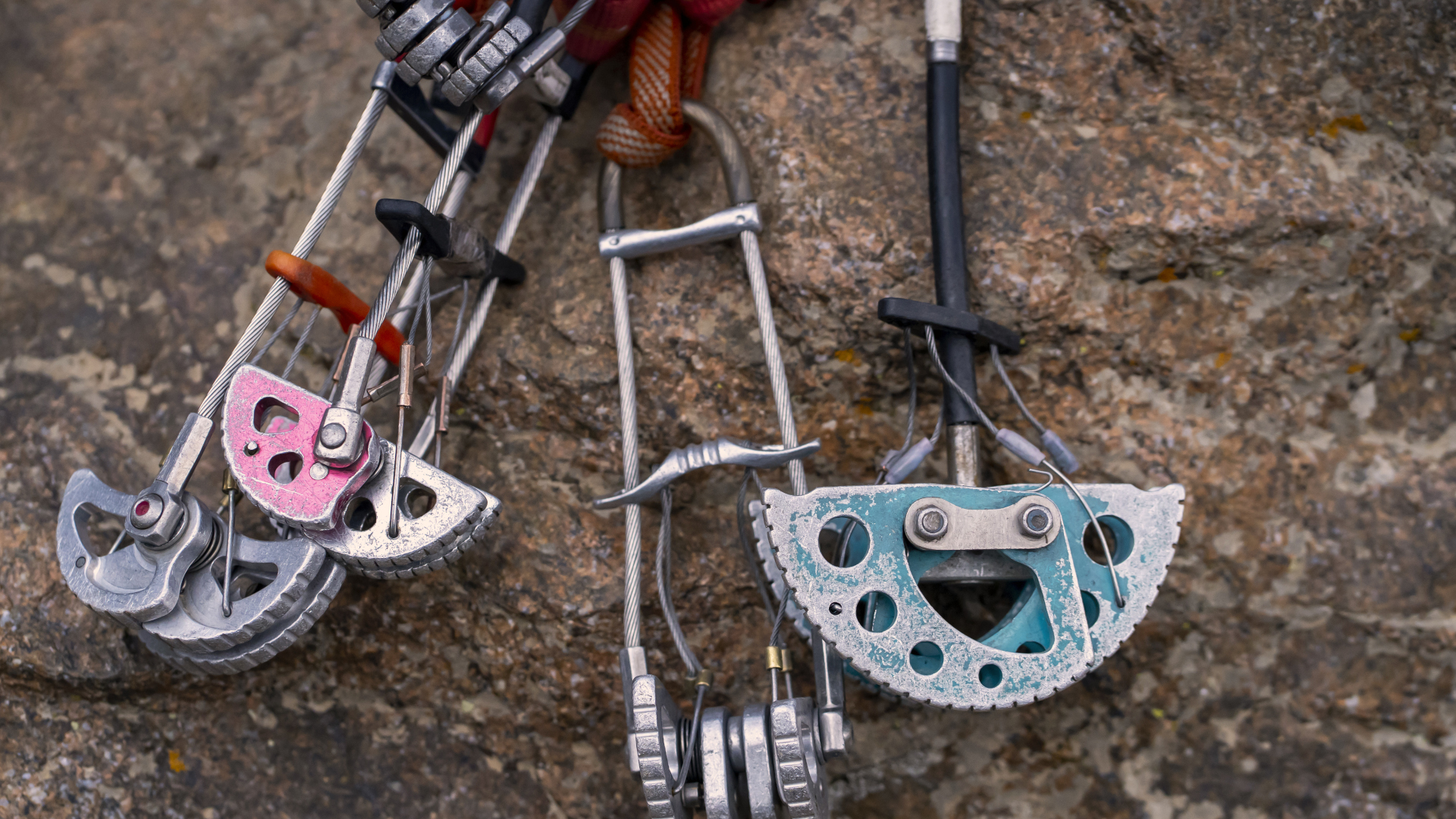
It goes without saying that trad climbing requires more climbing gear than sport climbing. For both types, you’ll need the basics: climbing shoes, harness, helmet, climbing chalk and rope. But after that, for sport climbing you’ll only need quickdraws to clip your rope to the bolts and these are pretty affordable, easy to use and don’t weigh much.
Trad climbing requires a good set of cams and nuts as well as quickdraws. A set of climbing cams costs well into the hundreds of dollars and will add a couple of pounds to your climbing harness. These take a little more expertise to use as well, so for trad climbing you’re looking at a bigger investment and you’ll need to learn how to use this gear properly before you go out.
Trad climbing vs sport climbing: skill required
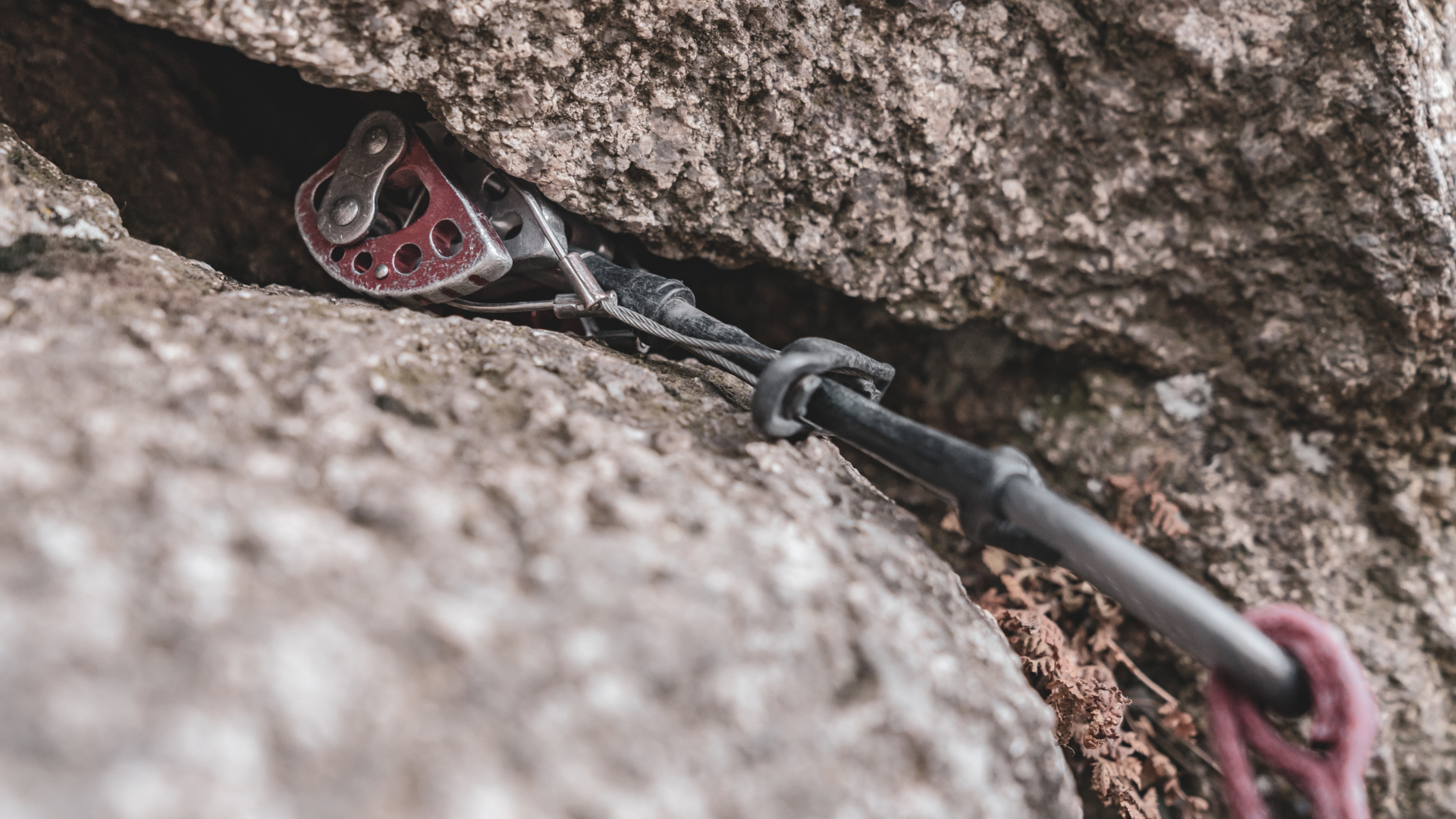
Trad climbing enthusiasts would certainly argue that their discipline takes more climbing skill. After all, the route isn’t pre established for you, so you have to use your brain to figure out the line and have good instincts when it comes to placing your gear in the right spot, plus knowledge on how to use gear like cams properly. You’ll also need to know how to build an anchor at the top so that other people in your group can climb.
All the latest inspiration, tips and guides to help you plan your next Advnture!
In sport climbing, the route is already bolted into the wall for you and you usually don’t even have to build an anchor, so it must be easier, right? Well, not necessarily – pre-bolted routes are often on rock faces that might be otherwise unscalable, and they can be spaced pretty far apart, so the climbing might be pretty advanced. Sport climbers can also argue that because they aren’t preoccupied with finding a route and placing gear, they can focus more on developing their skill. We’ll let you decide on this one.
Trad climbing vs sport climbing: access
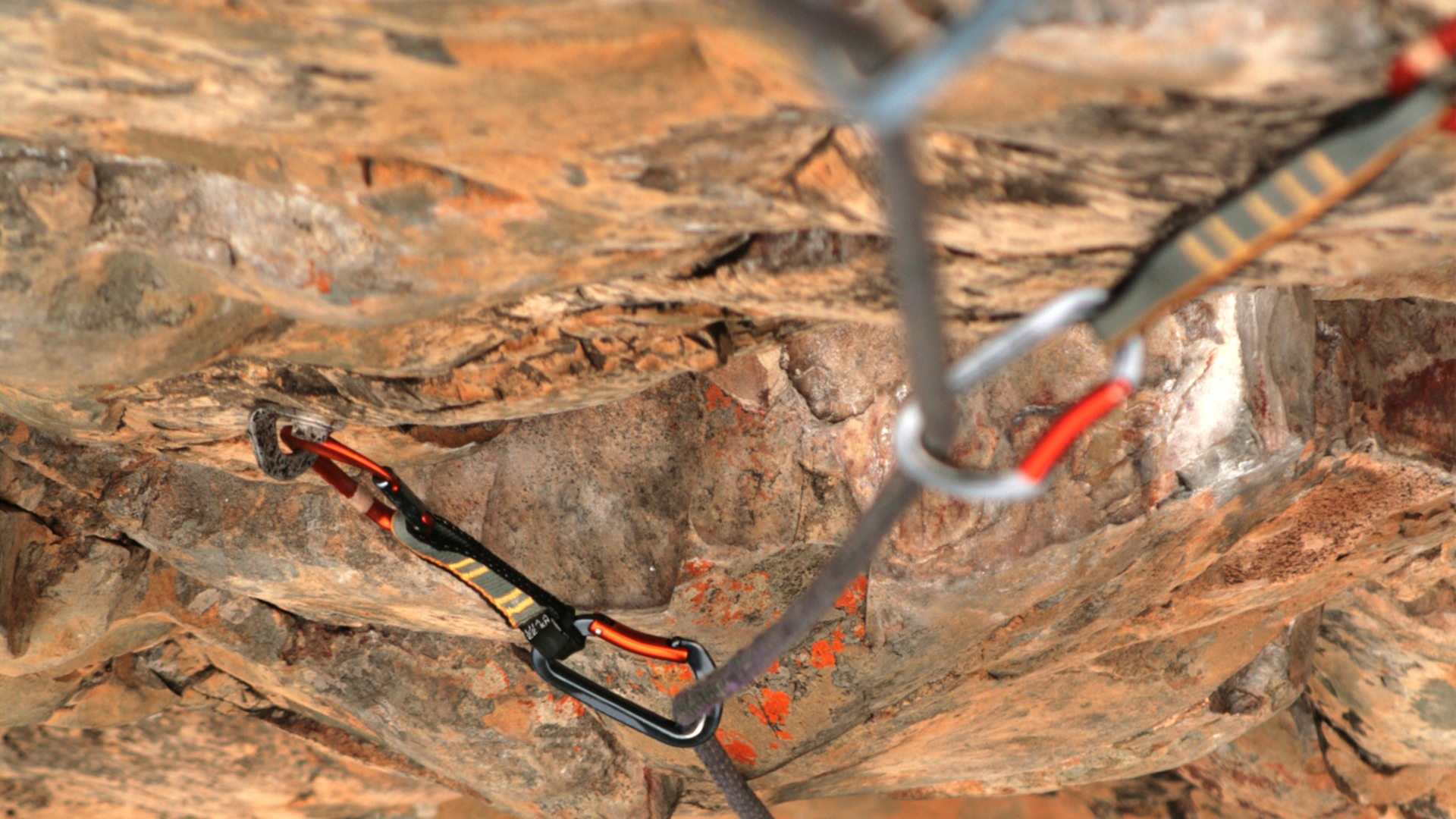
Finally comes the question of which type of climbing gives you more access. If you hadn’t guessed, sport climbing restricts you to pre-existing routes and though there are loads of absolutely sensational sport climbing routes around the world, you can’t just climb anywhere.
Meanwhile, with trad climbing, anywhere there’s a rock face and it’s not private property, you can certainly give it a go. This increased access also means that you can get away from the popular spots where you might have to wait an hour or more for your turn and get off the beaten path and enjoy more time sending it. When it comes to access, trad climbing definitely wins out over sport climbing.
| Header Cell - Column 0 | Trad climbing | Sport climbing |
|---|---|---|
| Safety | If you place your gear badly, or the rock is crumblier than you think, it won’t be strong enough to support your weight if you fall | You’re clipping into bolts that are drilled into rock and pretty unlikely to move if you fall |
| Gear and expense | Trad climbing requires a good set of cams and nuts; a set of climbing cams costs well into the hundreds of dollars | For sport climbing you’ll only need quickdraws to clip your rope to the bolts and these are pretty affordable |
| Skill | The route isn’t pre established for you, so you have to use your brain to figure out the line and have good instincts when it comes to placing your gear | The route is already bolted into the wall for you but the bolts can be far apart and the rock may be otherwise unscalable so it can mean very advanced climbing |
| Access | You can climb almost anywhere there's a rock face | You are limited to existing routes |
Trad climbing vs sport climbing: the verdict
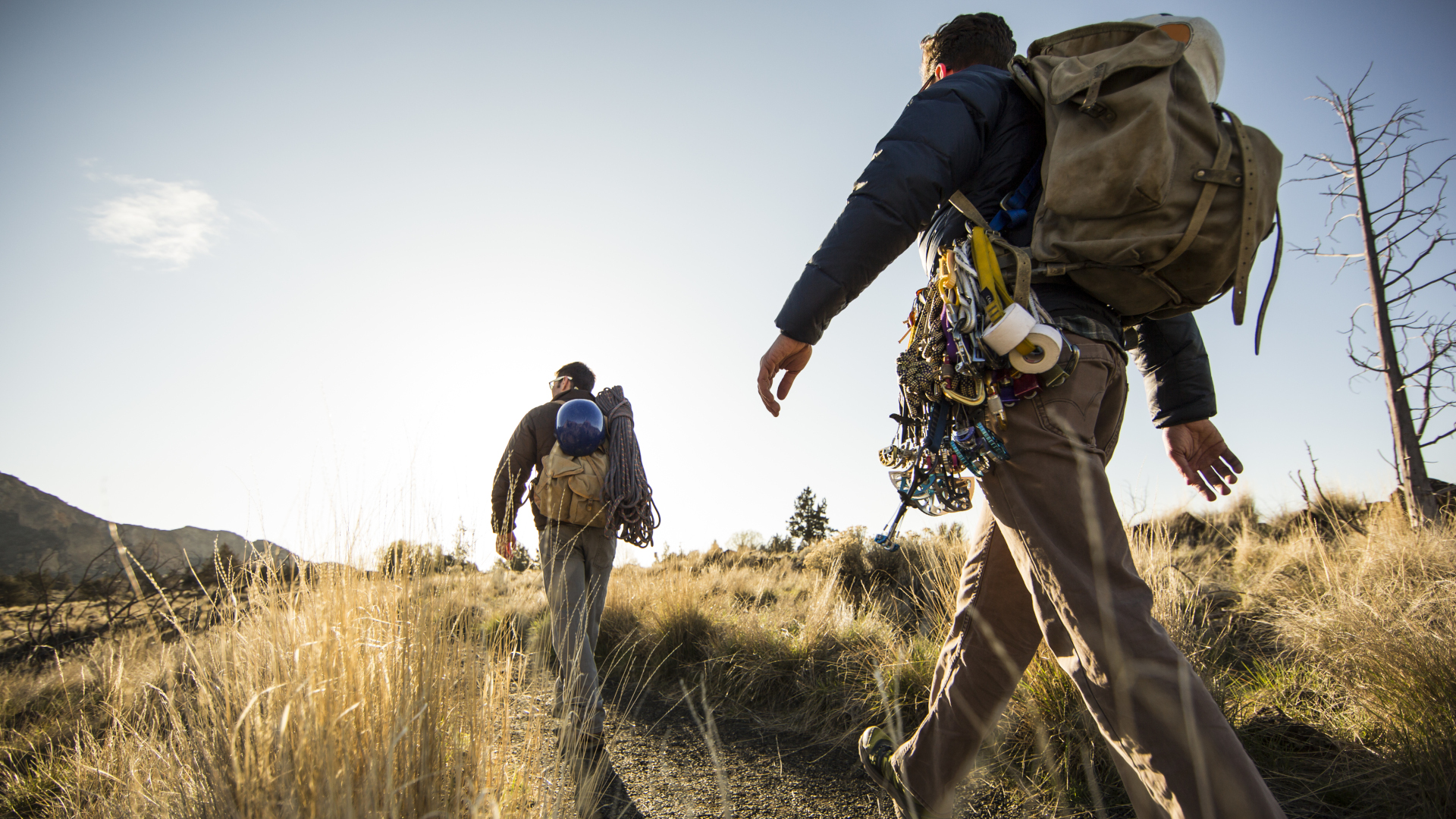
By now, you might have made up your mind. If you’re more of a daredevil and your goal is to discover new routes on little known crags, you’d better buy some cams and get trad climbing, but if you’re more interested in focusing on the athleticism of developing your climbing moves without the distraction of placing gear and you’d rather save some money and be a little safer, you’ll prefer sport climbing.
One final point to consider is that when it comes to trad climbing vs sport climbing, it’s not usually an either/or scenario. It makes sense to start with sport climbing and graduate to trad climbing once you’ve gained skill and confidence and are ready to explore some new spots. Plus, there are many sport climbing routes which feature a top anchor only, giving you a wider berth to explore your ascent. This gives you time to save up for more climbing gear, and if you don’t ever want to make that investment, just find yourself some climbing friends who love lead climbing and join them at the crag when you fancy a spot of trad.
Julia Clarke is a staff writer for Advnture.com and the author of the book Restorative Yoga for Beginners. She loves to explore mountains on foot, bike, skis and belay and then recover on the the yoga mat. Julia graduated with a degree in journalism in 2004 and spent eight years working as a radio presenter in Kansas City, Vermont, Boston and New York City before discovering the joys of the Rocky Mountains. She then detoured west to Colorado and enjoyed 11 years teaching yoga in Vail before returning to her hometown of Glasgow, Scotland in 2020 to focus on family and writing.

